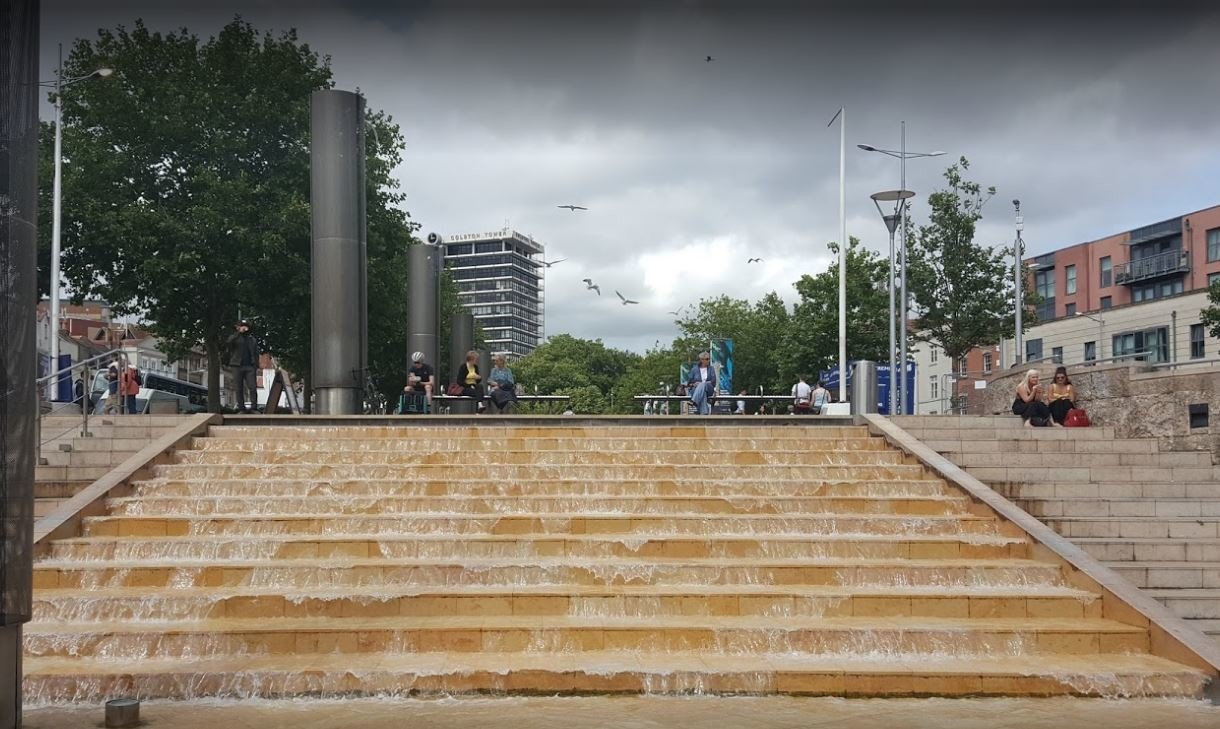MEMORIALISATION
Curatorial Statement
Sculptures and monuments have existed throughout the ages across Afrika and the diaspora. There have been various modern iterations, some in connection to Transatlantic Trafficking of Enslaved Africans (TTEA), for example the arc of return in New York unveiled in 2008. Also, Gilt of Cain, which is situated close to the heart of the financial district of the City of London, and was a collaboration between the Scottish sculptor Michael Visocchi and poet Lemn Sissay. Many ancient African monuments had an active purpose in ritual and reverence to ancestors, and to that end were functional as opposed to purely decorative tributes.
European cultures have echoed and replicated some of these monuments, for example, the original obelisks of ancient Egypt connecting the cosmos with the departed dead, are now littered across the western world commonly found in graveyards and at war memorials. A significant obelisk is situated next to The National Museum of African American History and Culture in Washington D.C which opened in 2018.
The grave of Scipio Africanus (whose real name we may never know) in Henbury cemetery, the unmarked grave of Fanny Coker in Greenbank Cemetery, Pero’s bridge and plaque, do not stand as appropriate memorials to the many thousands who were trafficked into enslavement on Bristol ships. The suffering and sacrifice of trafficked Africans has never been adequately recognised or honoured. Bristol’s Black (African) history is centuries old and yet many of its stories are lost, hidden, or shrouded in myth.
History is not reliable; it is the narrative of the powerful. History has many perspectives, and memory can be multidimensional.
“It is imperative to have sight of statues and monuments that reflect the true history, but this is only one part of visibility and if not done with no real corresponding actions, this can simply be seen as a token gesture.”
Many in the focus groups suggested that a memorial site would best be served by having a functional aspect and ritual attached to the site, animated through significant dates and events. The question of memorial was central to this consultation, with a global spotlight on Bristol, in particular following the toppling of the Colston statue.
Whilst aspects of this history are found within the city’s museums (Georgian House Museum and smaller permanent display in MShed based on the 1999 exhibition ‘A Respectable Trade?’), the lack of adequate memorial or centre to educate and document this history is a glaring omission. The Georgian House Museum has shifted its perspective and narrative in recent years with reinterpretation boards reimagined, and several interventions, including ‘Daughters of Igbo Woman’ by Bristol based African Heritage artist Ros Martin.
“I’m thinking definitely, the black public in Bristol, want something permanent on that landscape but I think if (it needs to be supported) by a visitation ... I think ritual has a role, some kind of event has a role; an annual way in which we visit that space and so we are reminded as to why it’s there, what it’s about and what it stands for... So, I think a statue on its own, when we are dust and bones, has the risk of just being something on the landscape that people don’t acknowledge... I don’t know what that ritual will be, but I kind of like the idea of modern rituals because I think we’re lacking them as ways of binding people, and they have a poetic language that can take us away from the accusatory and in a symbolic way it says all that needs to be said through motion and dance and whatever else.”
By Bolanle Tajudeen, Curator
The Memorialisation Task Group, co-chaired by Ruth Pitter and Cleo Lake-Ayiih, are currently working towards Recommendation 6 of Project T.R.U.T.H: “Beyond a statue. A living site of memorial: Ritual and remembrance in a central space”. According to the Project T.R.U.T.H Report, over 80% of respondents said they would like a memorial in Bristol City Centre.
The Memorialisation Task Group commissioned the appointment of Bolanle Tajudeen as the Public Art Commissioner. A seasoned curator with a rich background in culturally resonant art installations, Bolanle will be crucial in commemorating the African Heritage Communities through permanent and impactful installations.
Working closely with the Bristol City Council Culture and Creative Industries Team, the BLF have identified the viewing platform to the left of the Cascade Steps in Bristol City Centre as the site of the first of many memorials to the Transatlantic Trafficking of Enslaved Africans (TTEA).
The BLF will be sending a closed call to artists, and we aim to update our African Heritage Community regularly. The opinion of our AHC will be sought during the process of commissioning the artist, and public opinion will be given significant weighting in the decision process.
Please subscribe to our newsletter for more updates!

